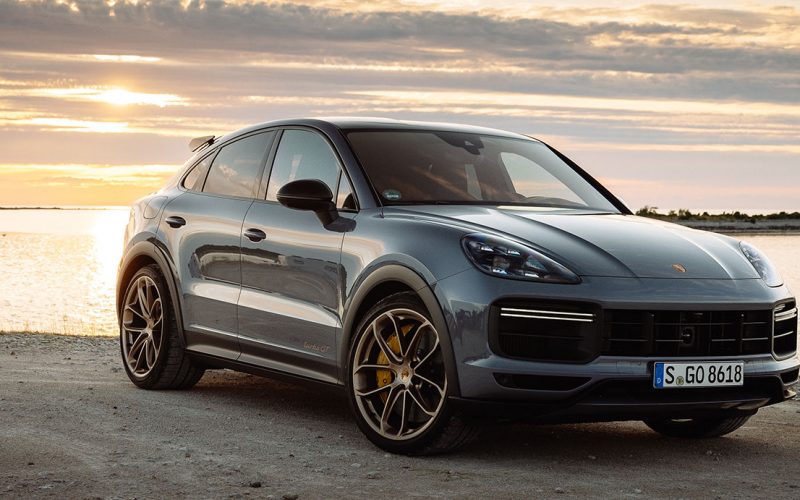
Reading Time: 6 minutesWith a maximum of 631 horsepower, the new Cayenne Turbo GT isn’t the most powerful super-SUV
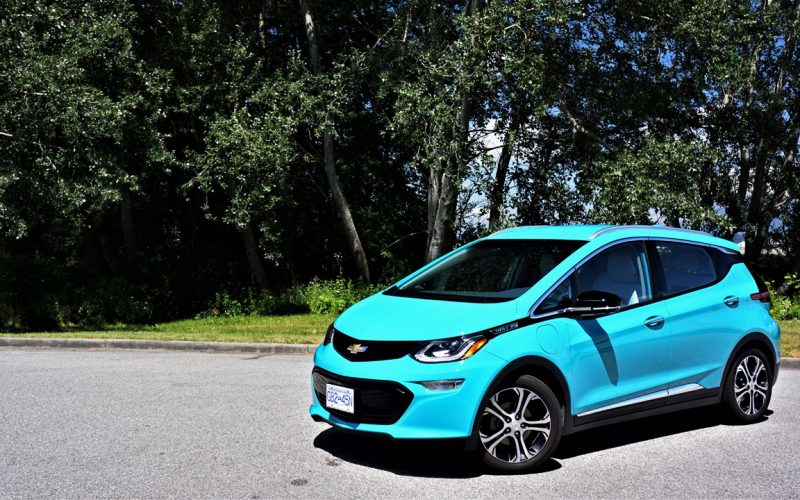
Reading Time: 11 minutesAs far as subcompact hatchbacks go, Chevy’s Bolt is la crème de la crème. Some time
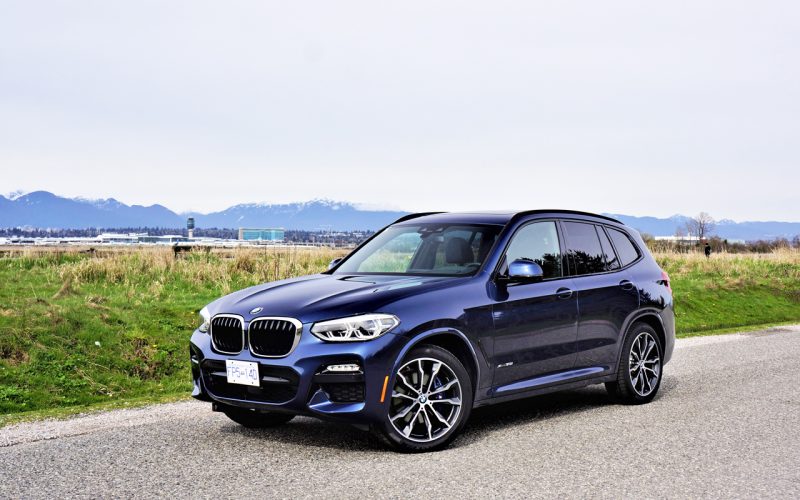
Reading Time: 10 minutesThere’s nothing better than driving a model’s base trim if you want to find out how
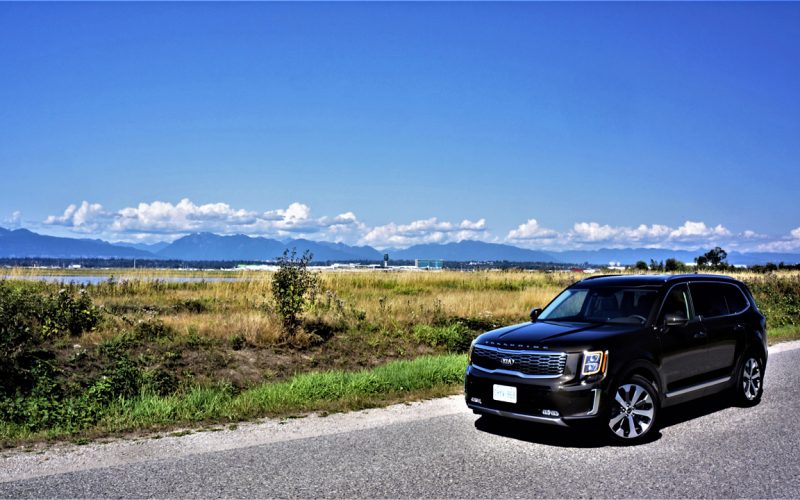
Reading Time: 14 minutesComparisons between Kia’s Telluride and Hyundai’s Palisade are starting to sound a lot like folks my
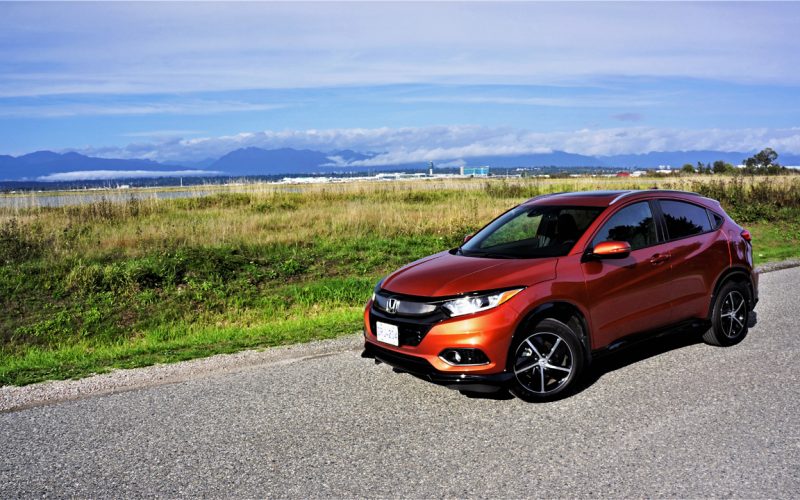
Reading Time: 10 minutesHonda has been a strong player in the subcompact crossover market for decades, although only chose
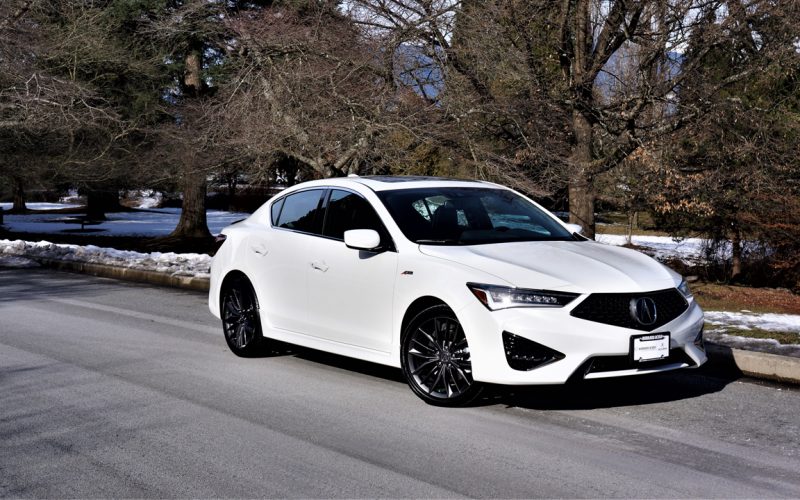
Reading Time: 12 minutesLooking for a great deal on a very good premium sedan? I can think of a
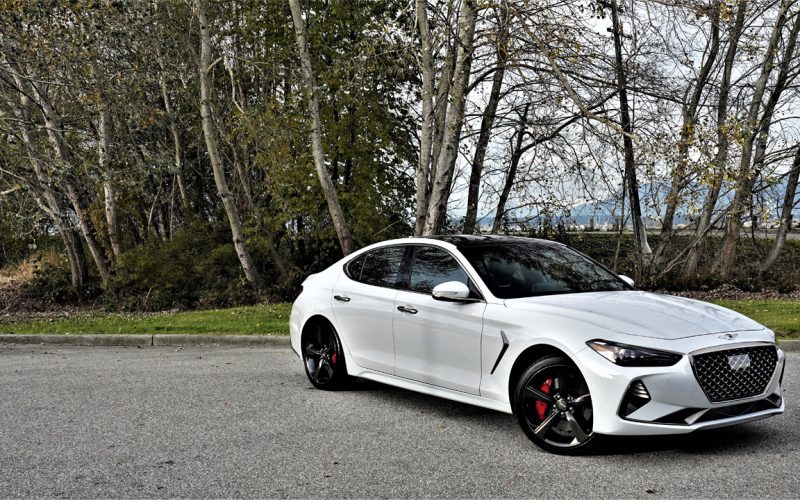
Reading Time: 11 minutesChoices, choices, choices. Should you choose the refreshed 2022 G70 that’s now starting to arrive at
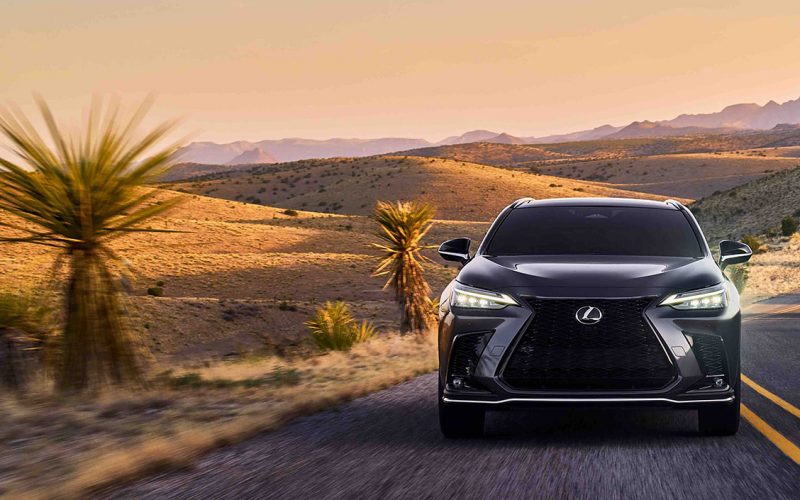
Reading Time: 10 minutesFollowing its bigger RX brother’s lead, the Lexus NX came out of nowhere a half-decade ago
© 2025 The Car Magazine. All Rights Reserved, Privacy Policy | Terms of Use